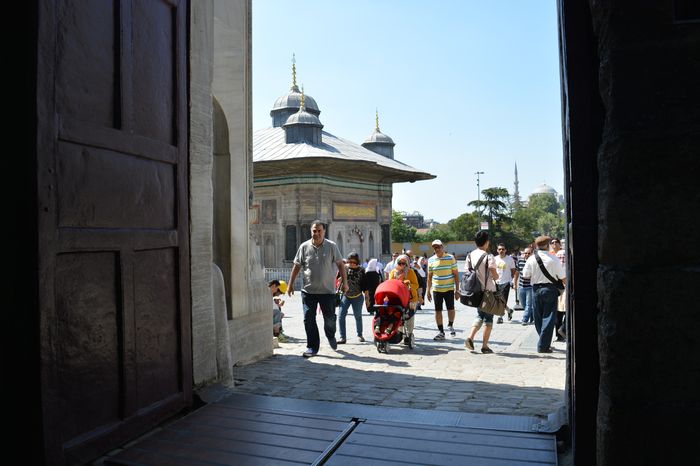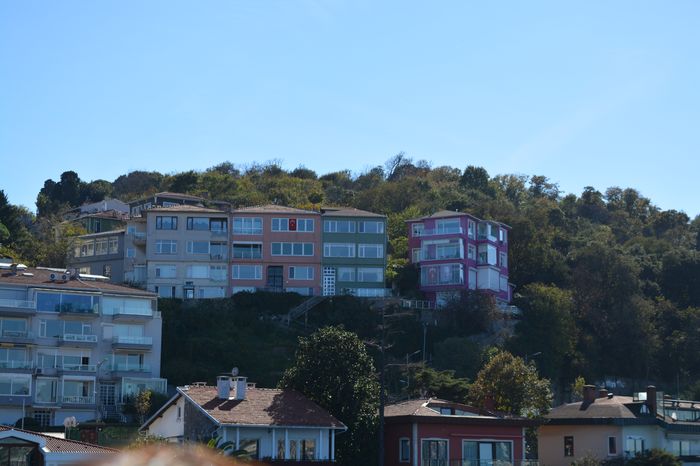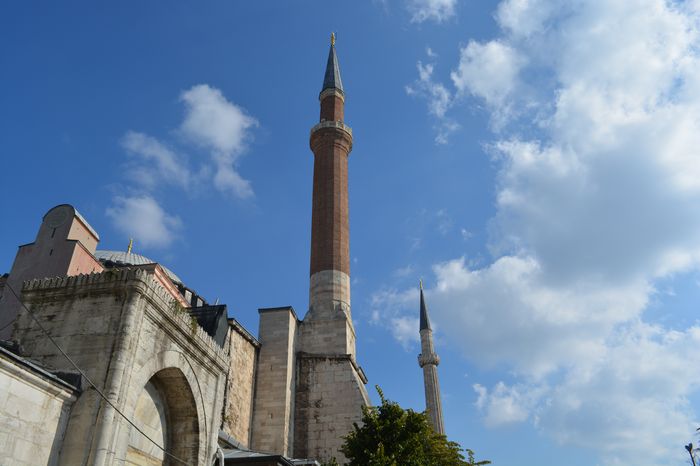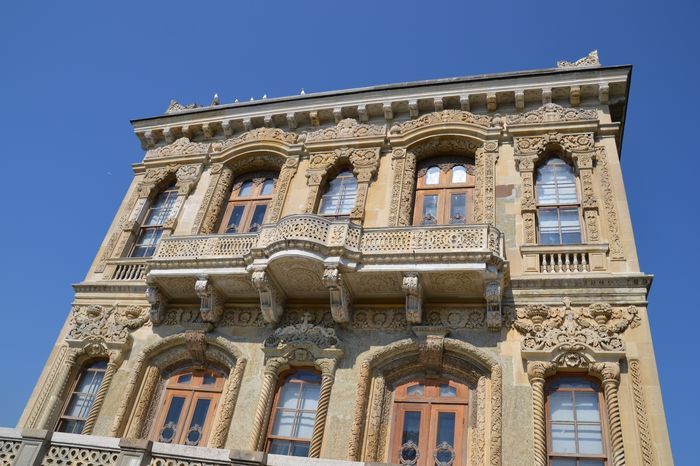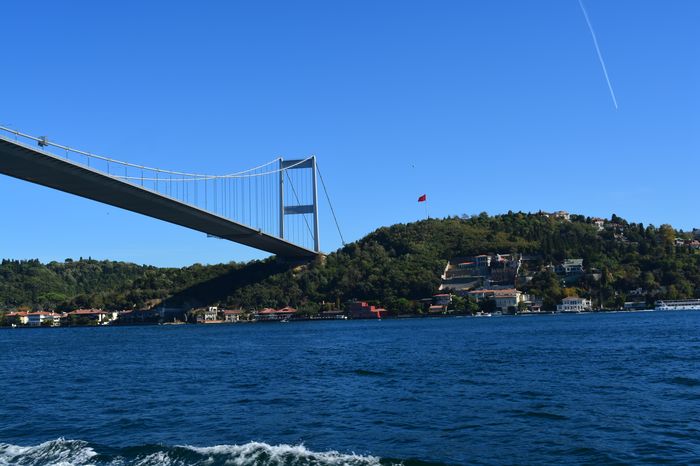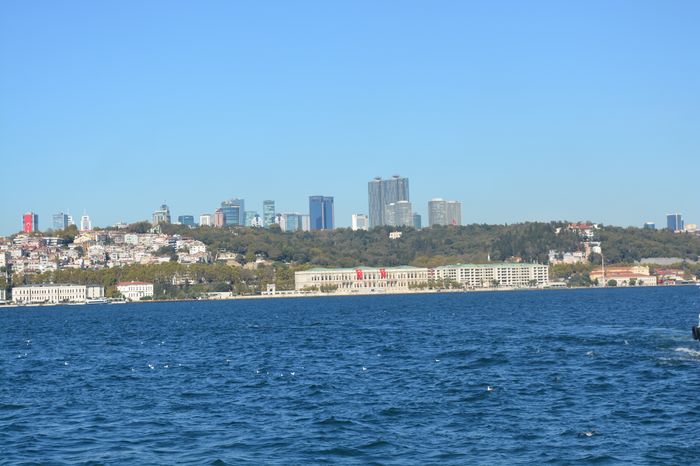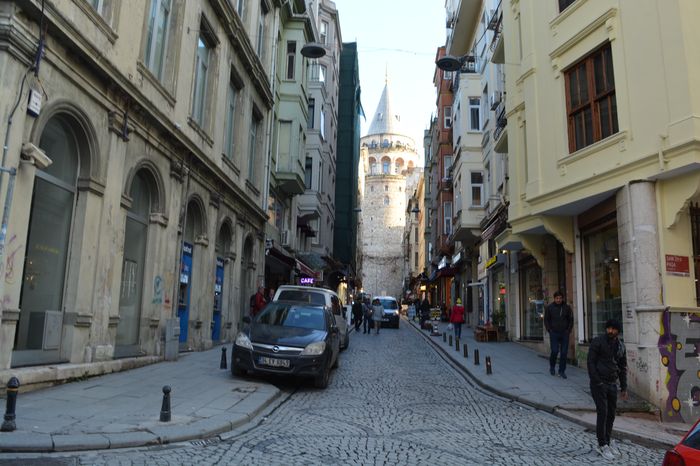The cavalry did not remain with the foot, but launched a wide swing eastward and then south, trapping the unsuspecting enemy against the river which, with no major bridges in this area except the one controlled by Constantine, now formed one jaw of the trap he had forged. The carnage was considerable and at the end of the threeday engagement, the renegade kings, Ascaricus and Regai sus, with their advisers and chief commanders, were prisoners.
Gallic people
Constantine refused to see the captive kings or treat with them in any way, but ordered them sent to Treves in chains. The soldiers of their command who had been captured, he instructed Crocus to send farther south, to be parceled out among the Gallic people as slaves, a procedure Diocletian had successfully used against the Goths along the Danube and which Constantius had employed here in Gaul. Constantine and Dacius crossed the river by boat at Mogontiacum with a small force and rode directly to Treves. There Eumenius, who had gone directly to the capital from Gesoriacum, was already taking over the reins of government in Constantine’s name.
Word of the smashing victory over the Germanic renegades had spread rapidly through the countryside, and Constantine’s progress toward the capital was a triumph in itself, proving the correctness of his assumption that a major victory would do more to solidify the people of Gaul behind him as their ruler than anything he could do. He had never seen Augusta Treverorum before, though he knew it was the greatest city in northern Gaul, and was hardly prepared to find its streets paved and its great buildings comparing favorably with older cities of the Empire.
Located on a major tributary of the Rhine, a short distance below the confluence with another flowing from the northwest and still another from the south, Treves had excellent communications by road and water with the rest of Gaul, as well as eastward with the rest of the Empire by way of the Alpine passes and southward through the same land with Italy. A wellbuilt stone bridge across the river gave access to Treves from the west and a strong wall, penetrated on the north by what was called the Porto Nigra, surrounded the entire capital.
Read More about Stepping down from the dais
